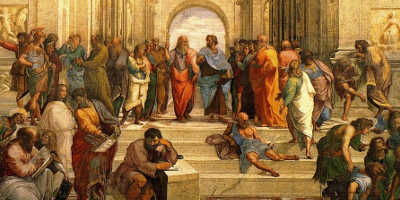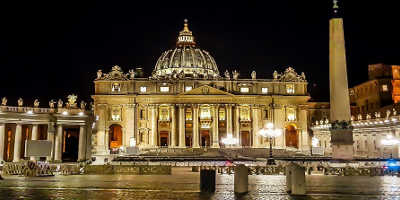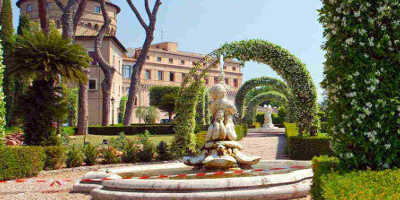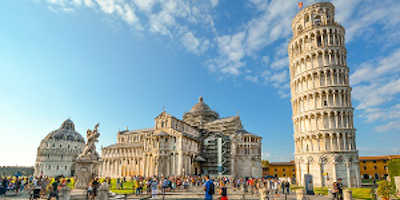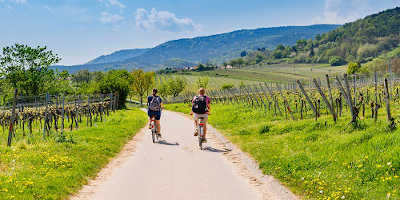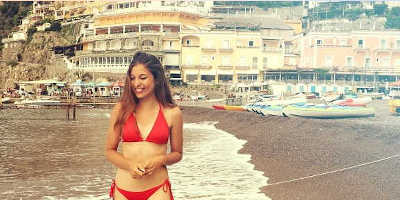When was the Colosseum built?
The Colosseum towers over Rome’s city streets, with its ancient arena listed as one of the most recognisable landmarks in the world. It has stood the test of time, once being a thriving stadium used to entertain Rome’s masses.
Once known as the Flavian Amphitheatre, the Colosseum is a remnant of an ancient world which has influenced our modern one. It is a large ellipsoid arena built in the 1st century AD under the Flavian Dynasty, which was made up of Vespasian and his two sons Titus and Domitian. The arena was used to host spectacular public events, from gladiator contests to public executions.
The Colosseum’s beginnings
Emperor Vespasian commissioned the Colosseum in 72.A.D, as a gift to the Roman people. His dynasty followed the wrath of emperors like Nero and Caligula who were reckless, selfish and brutal during their reigns. Vespasian sought to erode this and promote his own reign and dynasty by restoring Rome. Born into a family of little distinction, Vespasian distinguished himself in the army, rising throughout the ranks and furthering the empire’s success. This recognition eventually got him on the throne, where he proved to be an effective emperor, bringing a period of peace and calm to the empire. As well as rebuilding many of the homes and buildings burned during the final days of Viterllius’s reign, Vespasian also paid salaries to those who taught Latin and Greek and awarded prizes to poets and artists. This shows his appreciation for a stable and progressive society, who could also enjoy the odd entertainment. His sons followed in his footsteps and although Titus passed away before the Colosseum could be completed, his youngest son and emperor, Domitian, continued its construction in the wake of losing both his father and brother. In total, the construction took around 20 years to complete. Due to its grandeur and scale, which was built on the remains of corrupt Nero’s statue the ‘Colossus of Nero’, the Colosseum was an instant hit with the people.
The Colosseum’s Games
The amphitheatre’s games lasted days, with different events and show being presented each day. The first-ever game was in 80 A.D. and continued for 100 days to celebrate the Colosseum’s opening. Tournaments continued to run until the until the 6th century during the decline of the Roman Empire. This is partly why the Colosseum is so famous today – it was an essential part of ancient Roman society and similar amphitheatres have also been discovered. The buried city of Pompeii, for example, has the oldest amphitheatre to date which was found during 19th-century excavations of the lost city. Why was entertainment so important to the Romans? Well, like today, entertainment was a great way to escape the trivialities of everyday life, which for the average Roman meant a lot of work for little reward. This also worked well for the Senate and high ranking officials, because if the people were enjoying their weekly entertainment and taking their frustrations out on the various spectacles before them, they were less likely to focus their energy on things like social reform or revolt.
Animal Displays and Hunts
One of the most popular events held in the early days of the games were the animal games. Where exotic, wild animals were displayed, hunted and fought against by gladiators. The display of the animals was the first event, as commentators described their region and danger. These were often foreign to Rome, with their vast empire meaning they could import animals from Africa and Asia heightening people’s intrigue. The animals would be patrolled out on the arena, often chained to one another to cause a ruckus and expose their animal instincts. The hunting games would follow, with fighters and Roman’s powerful leaders using swords and arrows to kill the innocent animals. Animal fights also occurred, where the best gladiators would fight one on one with the most dangerous animals, usually tigers or leopards.
Chariot racing
The ancient racing match involved multiple horses drawing a heavy carriage fit for one standing driver. The race was notoriously bloody, with a large majority of horses and riders dying or sustaining severe injuries. Prior to the Colosseum chariot racing usually took place in a circus (a large open-air venue), and the emperor would drop a cloth known as a mappa to signal the beginning of the race.
Executions and Tortures
Group or individual executions were a common occurrence during the games. The victims and their executions styles varied. With Roman criminals beheaded as that was the only allowed method for killing a Roman. Slaves were crucified and sometimes burnt alive once they were nailed up. One of the crowd’s favourite executions which were to simply throw the criminal in the pits with the beasts. Either way, the executions, though bloody, were a way for the people of Rome to be involved in its politics. Calling for the blood of those who went against the justice system encouraged harmony.
Gladiator fights
By far the most famous games of the Colosseum were the gladiator battles of Rome. There were three stages of Gladiator fights. Lightly armed, heavily armed and then gladiator-style fights. The event was always bloody, with dead or injured bodies dragged to the side once they were beaten. If a gladiator proved himself worthy in the fighting he could receive freedom and glory for fighting well. This wan another way to glorify the Colosseum and its events, bribing glory in return for a good battle contest.


